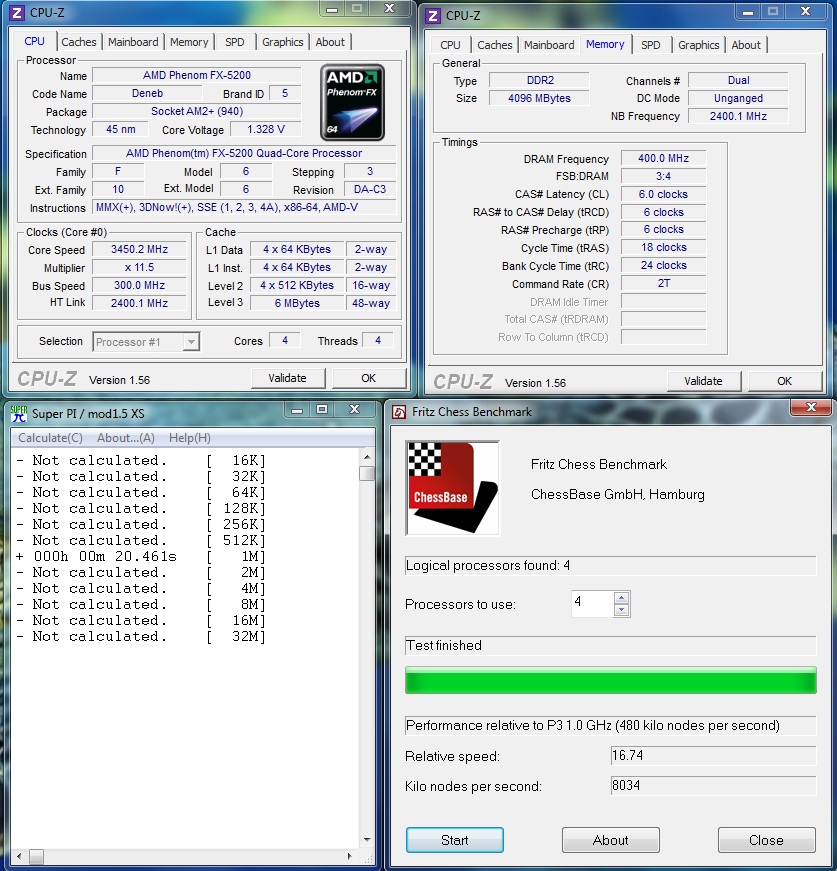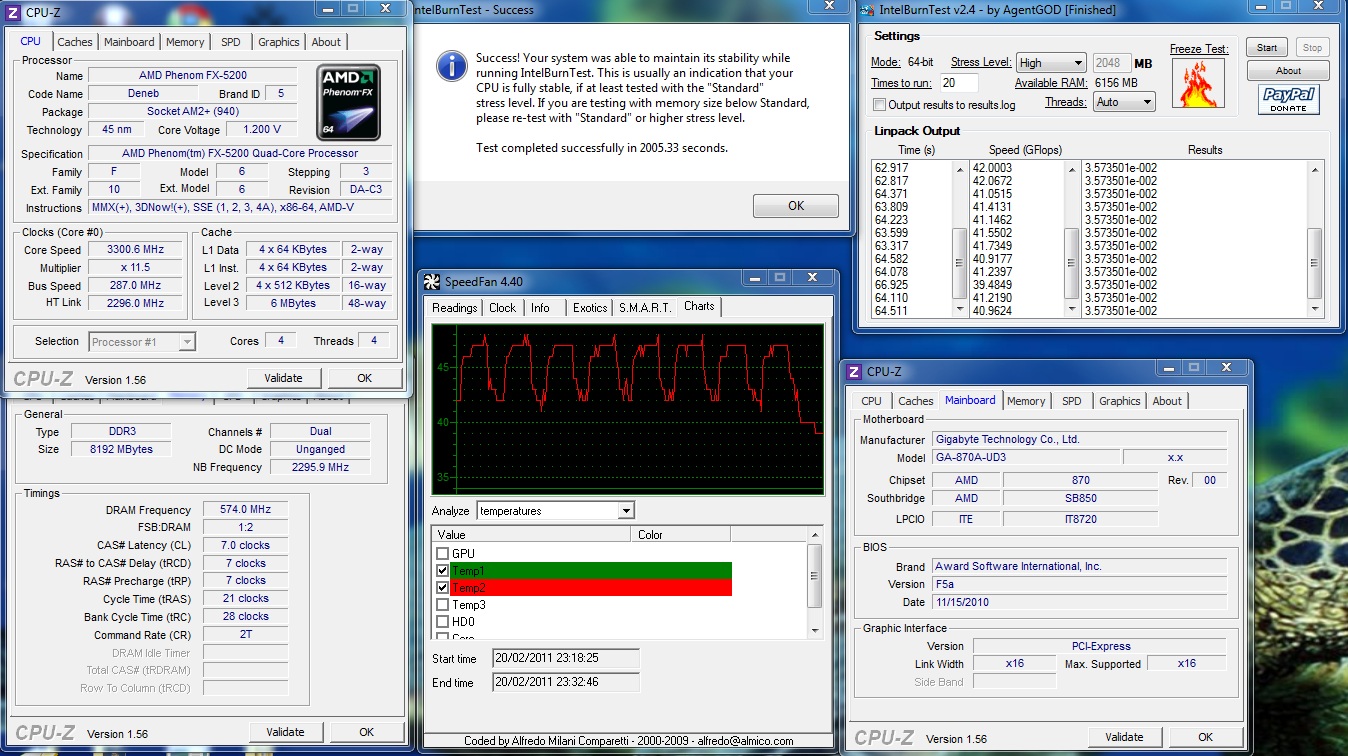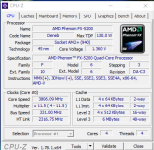It helps that I'm fairly tolerant of low framerates, as long as they're fairly consistent. For games that get twitchy I enable vsync or a FPS limit (as long as it's higher than 30fps).
Just Cause 3 isn't really new enough. It's only really the latest games that hammer the GTX 970 hard enough for it to be the bottleneck in this system at 1080p. I've struggled to find many easily comparable benchmarks for Cities.
Below is an example where the CPU is probably the bottleneck - just:
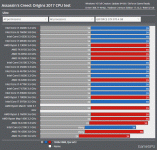
I know it's not an exact science, but an AMD FX-4300 gets 44% in userbenchmark for gaming, which is the same score my Phenom FX-5200 gets. Aditionally the A6-5200 (4 Jaguar Cores at 2.2 GHz - half an Xbox One X CPU - gets exactly half that).
What I suggest I've got, given the low power of Jaguar cores, is a system that may (in the right circumstances with a suitably well-coded cross platform game) perform very similarly to a PS4 Pro or Xbox One S.
The other thing is, nVIDIA drivers are a lot more friendly towards low-end CPUs. Here's that same Assassin's Creed Origins benchmark with a R9-290:
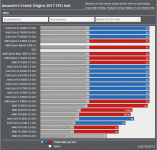
It does suggest that if anyone else is still rocking an older AMD CPU & GPU, it may be worthwhile sidegrading the graphics card to something by nVIDIA.
Edit:
To demonstrate - you can adjust the benchmark scores to show Graphics card scores for a given CPU. The nVIDIA vs AMD CPU-bound driver bottleneck (which is quite well known but disappears once you move up to a CPU with enough grunt - it's the same with lower end Intel Chips like early i3s, rather than an AMD CPU issue - is there for all to see:
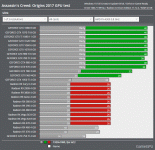
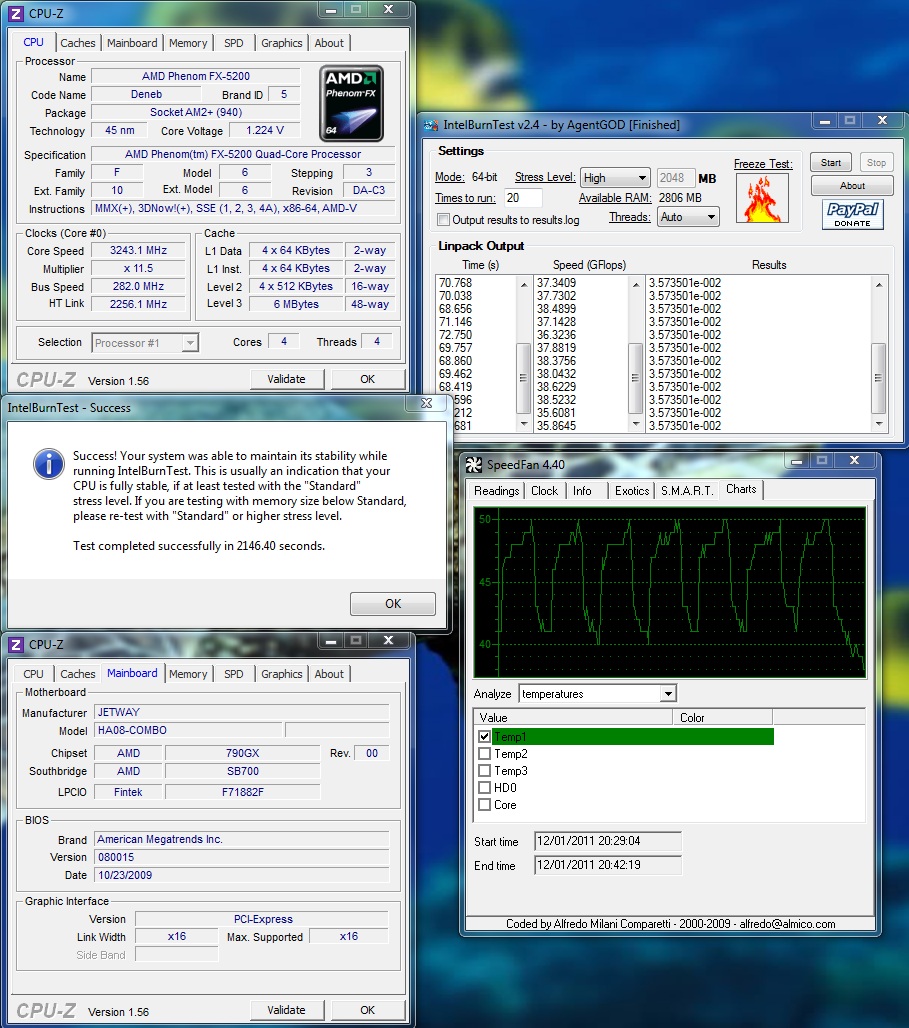




 The CPU-NB on this thing just destroys my 5000+. Couldn't get that to 2400mhz. Just blending on this with CPU-NB at 3102 MHz and HT at 2820 MHz (the multi is maxed at 10). CPU-NB voltage is 1.275.
The CPU-NB on this thing just destroys my 5000+. Couldn't get that to 2400mhz. Just blending on this with CPU-NB at 3102 MHz and HT at 2820 MHz (the multi is maxed at 10). CPU-NB voltage is 1.275.